19 National Dishes That Define a Country’s Culture
National dishes are more than just food; they are a reflection of a country’s history, traditions, and values. Each dish tells a unique story about the people, their environment, and the influences that have shaped their culture. From the comforting stews of Eastern Europe to the vibrant street food of Asia, these meals hold a special place in the hearts of locals. They bring people together, creating moments of connection and celebration. Many national dishes have been passed down through generations, preserving a country’s culinary heritage.
This post may contain affiliate links, which helps keep this content free. Please read our disclosure for more info.
Sushi – Japan
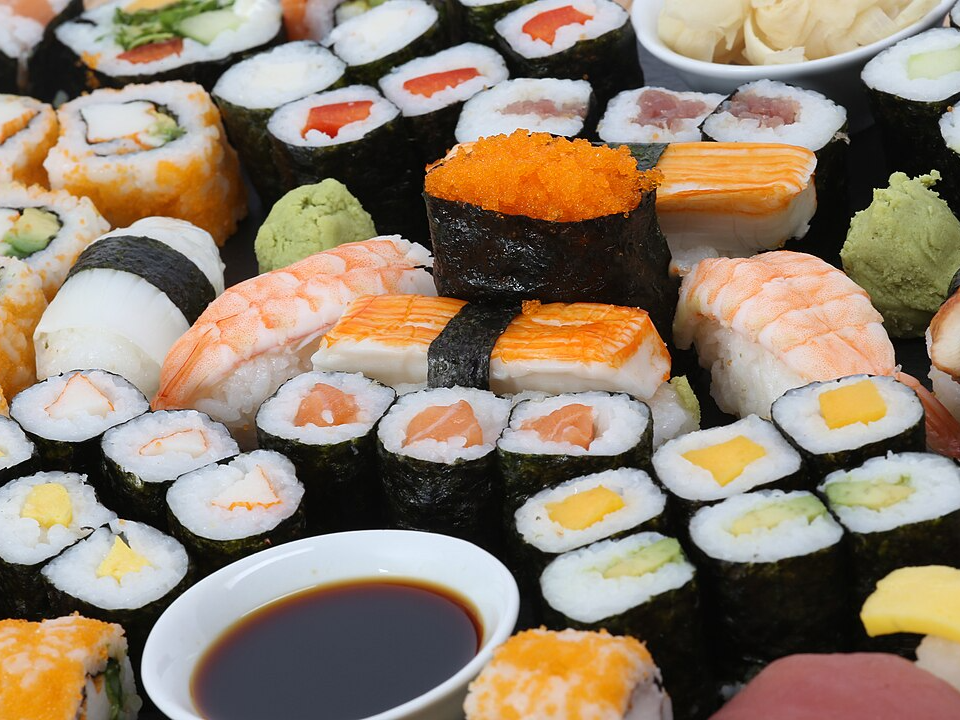
Sushi is often considered Japan’s most iconic dish, symbolizing the country’s rich history and culinary expertise. The dish typically consists of vinegared rice accompanied by a variety of seafood, vegetables, and occasionally tropical fruits. It showcases Japan’s emphasis on fresh, seasonal ingredients and minimalistic preparation. Sushi is enjoyed both in fine dining settings and casual eateries across the nation.
The culture behind sushi is rooted in Japan’s deep connection to the sea, as well as a philosophy of balance and simplicity. Over the years, different regions in Japan have developed their own variations of sushi, like nigiri, maki, and temaki, making it a versatile dish that reflects local tastes and preferences. Sushi remains a symbol of hospitality, and its preparation is considered an art form passed down through generations.
Paella – Spain
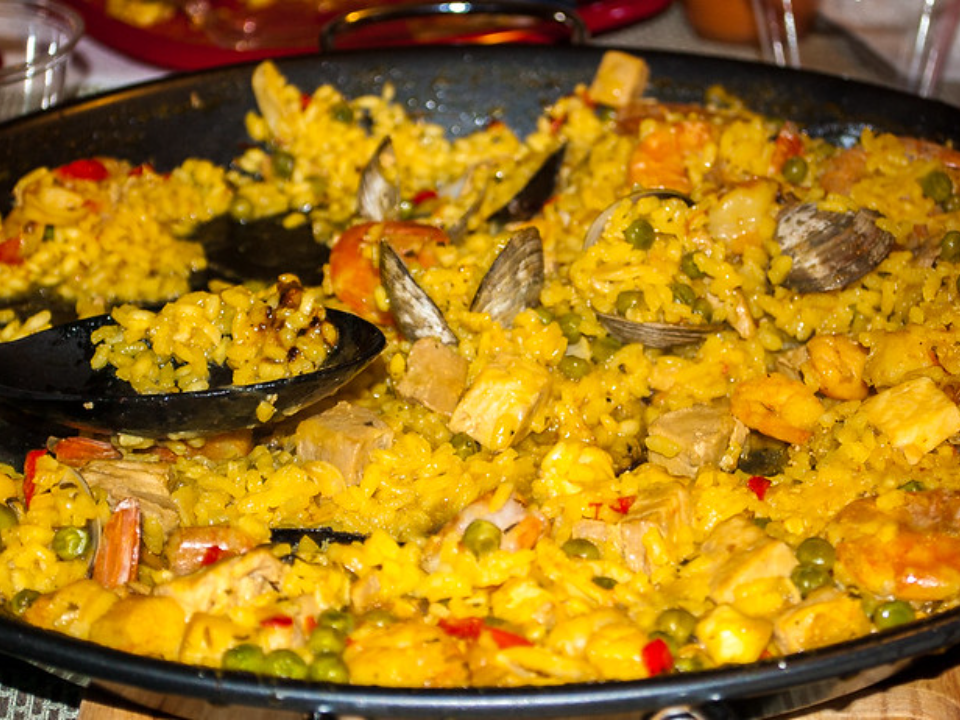
Paella is a beloved dish from Spain, particularly associated with the region of Valencia. Traditionally made with saffron-infused rice, seafood, meats, and vegetables, paella is a hearty and flavorful dish often prepared during family gatherings or celebrations. The dish has its roots in Spain’s agricultural history, utilizing local ingredients like rice and fresh seafood from the Mediterranean coast.
Paella reflects Spain’s vibrant culture and communal dining traditions. It is often cooked in a large, shallow pan, encouraging sharing among friends and family. The wide variety of regional paellas, from seafood to mixed meat versions, showcases the diversity within Spanish cuisine, highlighting the country’s history of agricultural and maritime abundance.
Pizza – Italy
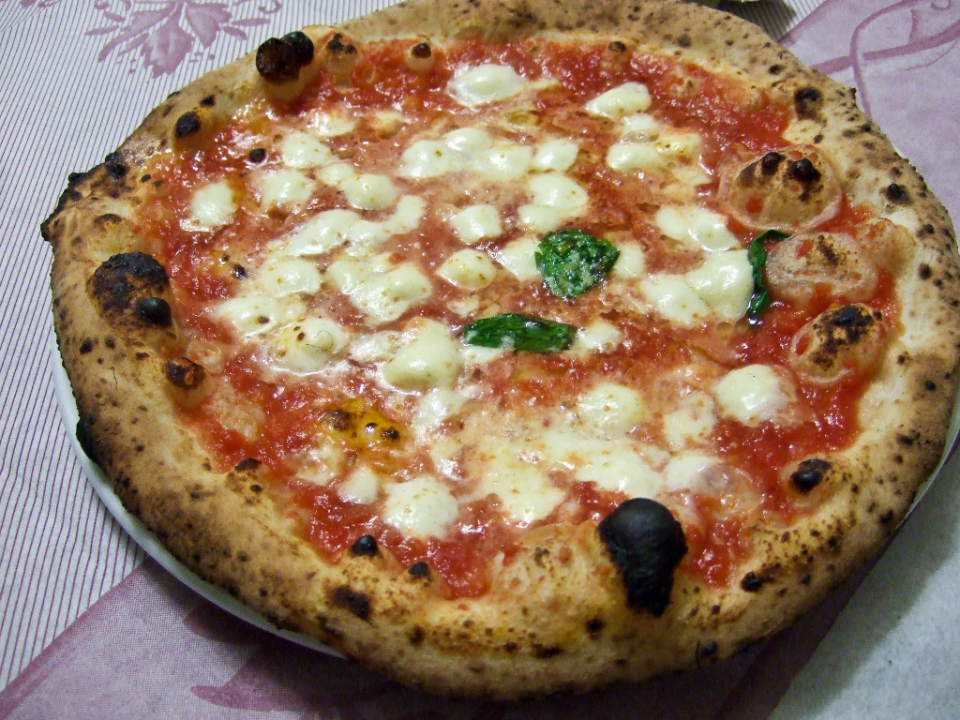
Pizza is undoubtedly one of Italy’s most famous dishes, representing the country’s love for simple yet flavorful food. Originating in Naples, traditional pizza consists of a thin, crispy crust topped with fresh tomatoes, mozzarella, and basil, often referred to as a “Margherita pizza.” Its creation dates back to the late 18th century, with the dish evolving as it gained popularity worldwide.
The cultural significance of pizza lies in its connection to family and community. Italians often gather around the table to enjoy a pizza together, making it a symbol of shared experiences. The popularity of pizza has spread globally, but its heart remains in Italy, where each region brings its own twist to this beloved dish.
Tacos – Mexico
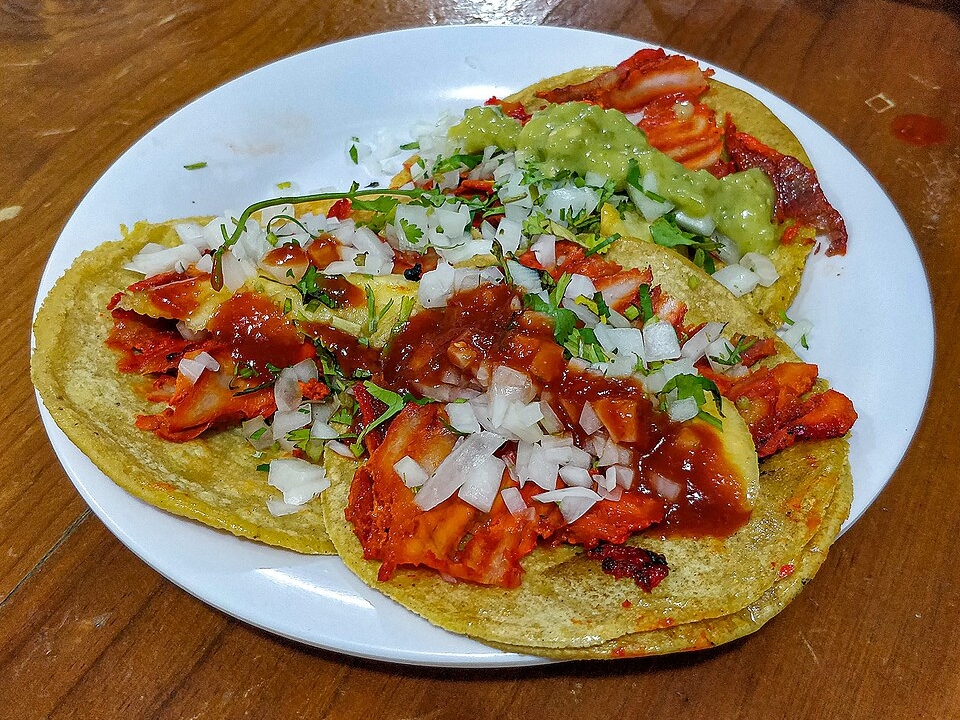
Tacos are a quintessential Mexican dish that reflects the country’s rich culinary traditions. Typically consisting of a corn or flour tortilla filled with a variety of ingredients like meats, vegetables, and salsas, tacos are versatile and easily customizable. The simplicity of the taco highlights the importance of fresh ingredients in Mexican cooking, from juicy carnitas to zesty fish tacos.
Tacos are more than just a meal; they embody Mexican culture’s emphasis on family, street food, and bold flavors. The dish can be found on street corners, in restaurants, and at family gatherings across the country, showcasing Mexico’s diverse regional flavors. Tacos also represent the nation’s agricultural roots, often featuring local produce and meats, making it a truly homegrown dish.
Kimchi – South Korea
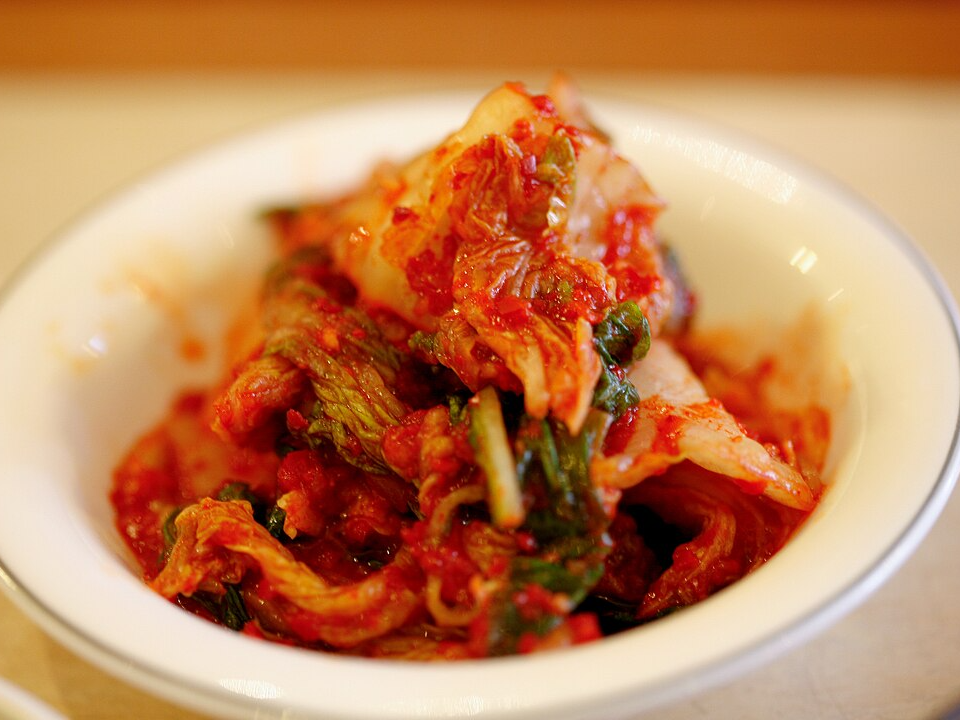
Kimchi is a fermented vegetable dish, primarily made from napa cabbage and radishes, seasoned with chili peppers, garlic, ginger, and fermented fish sauce. It is a cornerstone of Korean cuisine and is often served as a side dish to complement meals. Kimchi’s strong, tangy flavor and health benefits, especially as a source of probiotics, make it a staple in Korean households.
Kimchi is deeply ingrained in South Korean culture, not only as food but also as a symbol of hospitality. Preparing kimchi is a significant part of family life, with many families gathering to make kimchi together during the annual “kimjang” season. This tradition has been recognized by UNESCO as part of the Intangible Cultural Heritage of Humanity.
Poutine – Canada
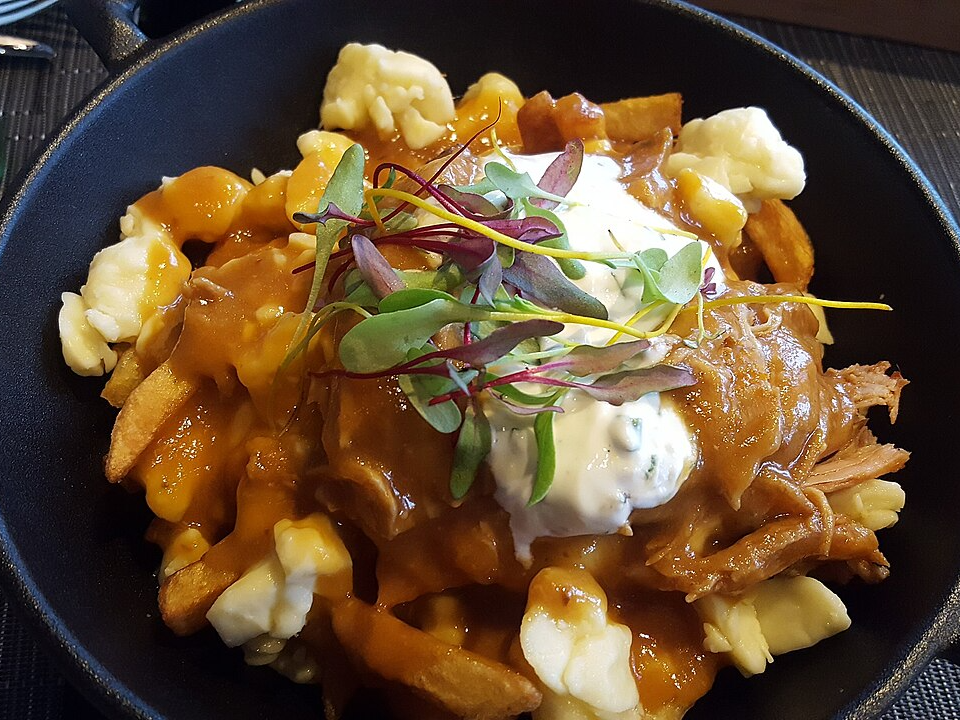
Poutine is a Canadian comfort food consisting of crispy French fries topped with cheese curds and smothered in rich gravy. Originating from Quebec, poutine has become a beloved dish across the country, known for its indulgent nature and hearty appeal. Though simple in ingredients, poutine represents the warmth and togetherness of Canadian culture, often enjoyed after a long day or during social gatherings.
The dish reflects Canada’s French heritage, particularly in Quebec, where it was first created in the late 1950s. It is a dish that adapts well to modern tastes, with variations including vegetarian and meat-based toppings. Poutine’s widespread popularity showcases how Canadian cuisine embraces both tradition and innovation.
Borscht – Ukraine
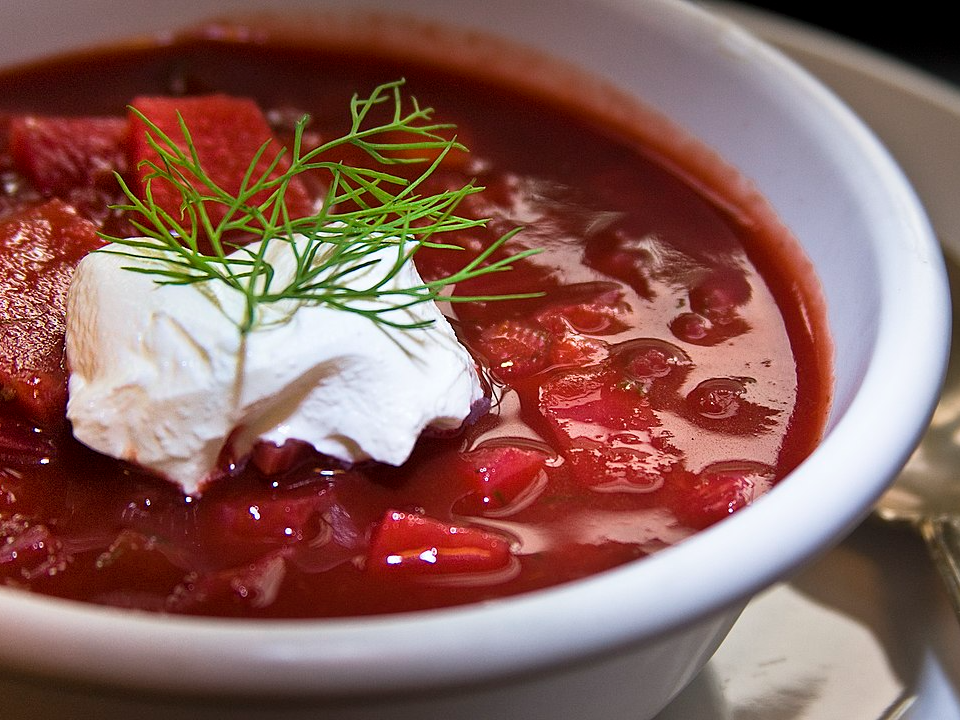
Borscht is a soup that has been a part of Ukrainian cuisine for centuries. Made from beets, cabbage, potatoes, and sometimes meat, this vibrant soup is often served with sour cream and fresh herbs. Borscht’s deep red color and unique taste make it a comforting dish during the colder months in Ukraine.
Borscht represents the heart of Ukrainian culinary culture, reflecting the nation’s agricultural practices and resourcefulness. The soup’s variations, including versions with and without meat, show regional differences within the country. Often shared among family and friends, borscht symbolizes the warmth and hospitality of Ukrainian homes.
Rendang – Indonesia
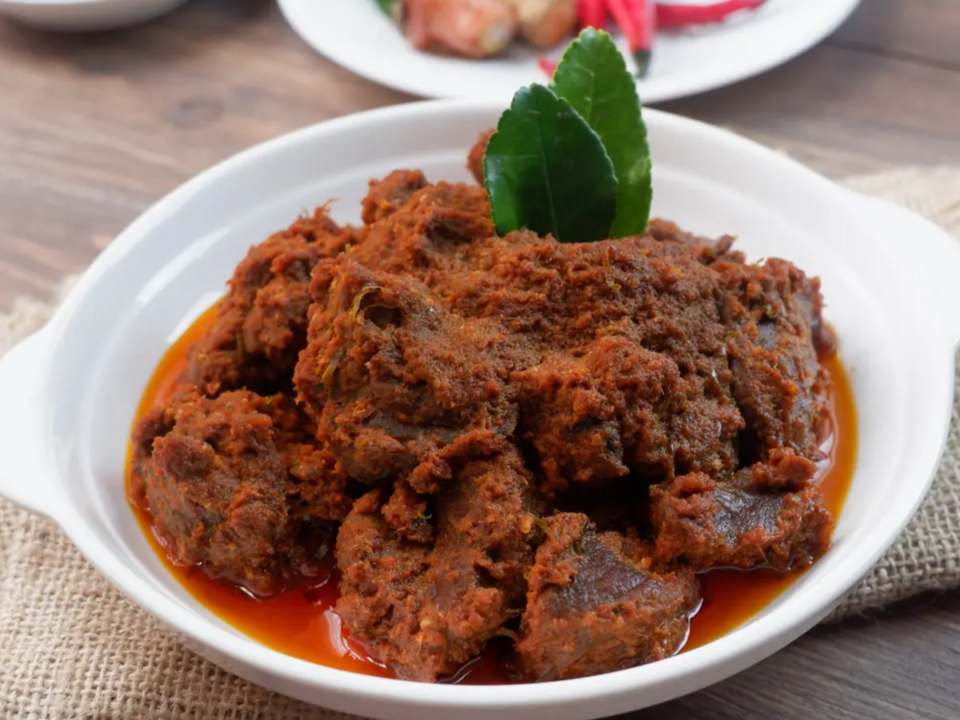
Rendang is a flavorful beef stew slow-cooked in a mixture of coconut milk, herbs, and spices. Originating from the Minangkabau ethnic group in West Sumatra, Indonesia, this dish has gained popularity across Southeast Asia. Its rich, tender texture and complex flavors make it a standout in Indonesian cuisine.
Rendang represents Indonesia’s rich cultural heritage, blending indigenous ingredients with influences from trade and cultural exchange. The slow-cooking process, which allows the spices to meld, reflects the patience and care that goes into Indonesian cooking. Rendang is often served during festive occasions and gatherings, making it a dish tied to community and celebration.
Ceviche – Peru
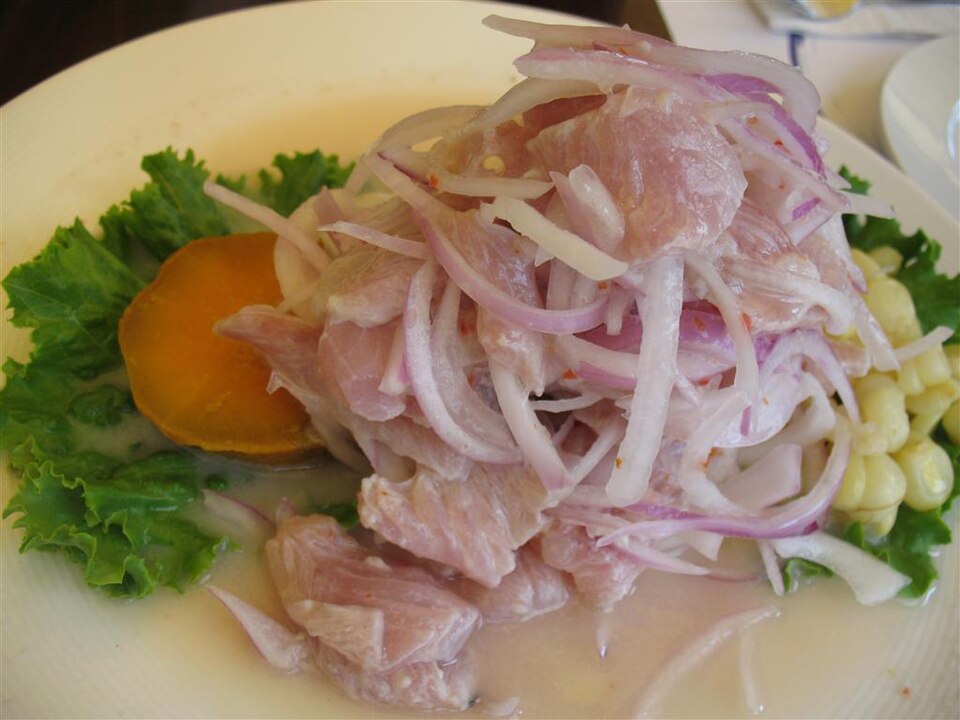
Ceviche is a dish made from fresh, raw fish marinated in citrus juices, often with onions, cilantro, and chili peppers. Originating from Peru, ceviche is a reflection of the country’s close connection to the ocean, with fish being a central ingredient in its cuisine. This dish is both light and refreshing, making it a popular choice along Peru’s coastal regions.
Ceviche is not only a dish but also a cultural tradition in Peru. It is often served with side dishes like sweet potatoes or corn, offering a balance of flavors and textures. The dish is closely tied to Peru’s fishing industry and coastal communities, symbolizing the nation’s reliance on the sea for sustenance.
Moussaka – Greece
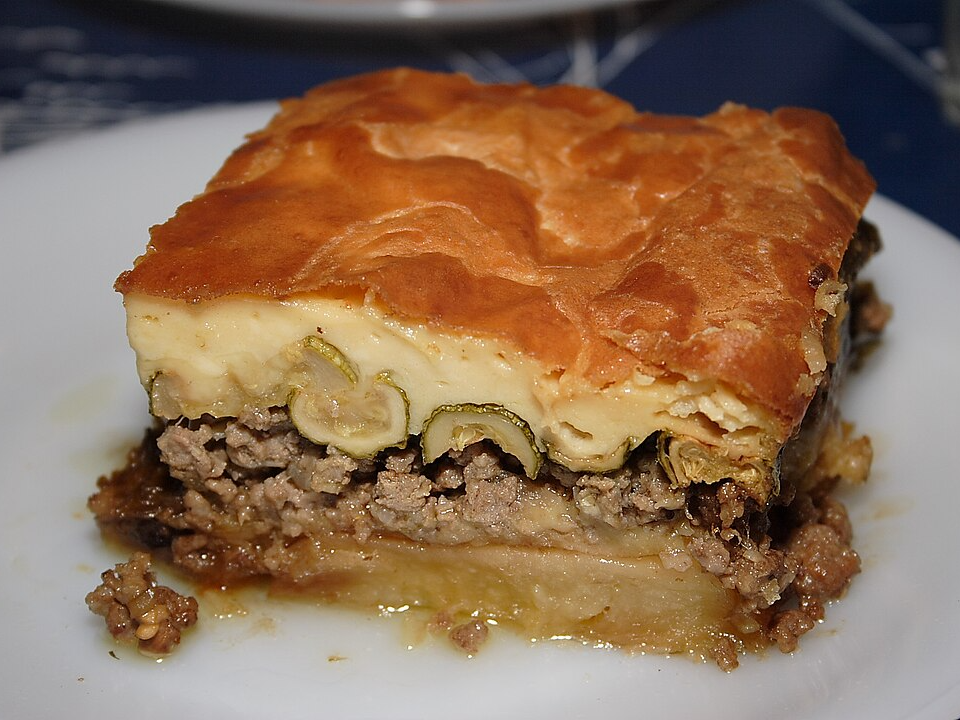
Moussaka is a layered dish made from eggplant, minced lamb, and béchamel sauce, with a rich, savory flavor. It is a staple in Greek cuisine, often served during special occasions and family meals. Moussaka showcases Greece’s Mediterranean influences, blending local ingredients with Ottoman and Middle Eastern flavors.
This dish is a symbol of Greece’s history and cultural fusion, with roots in both the Mediterranean and Middle Eastern culinary traditions. Moussaka’s hearty nature and complex flavors make it a beloved dish that brings people together during festive times. Its rich layers of meat, vegetables, and sauce embody the Greek appreciation for balance in flavors.
Pho – Vietnam
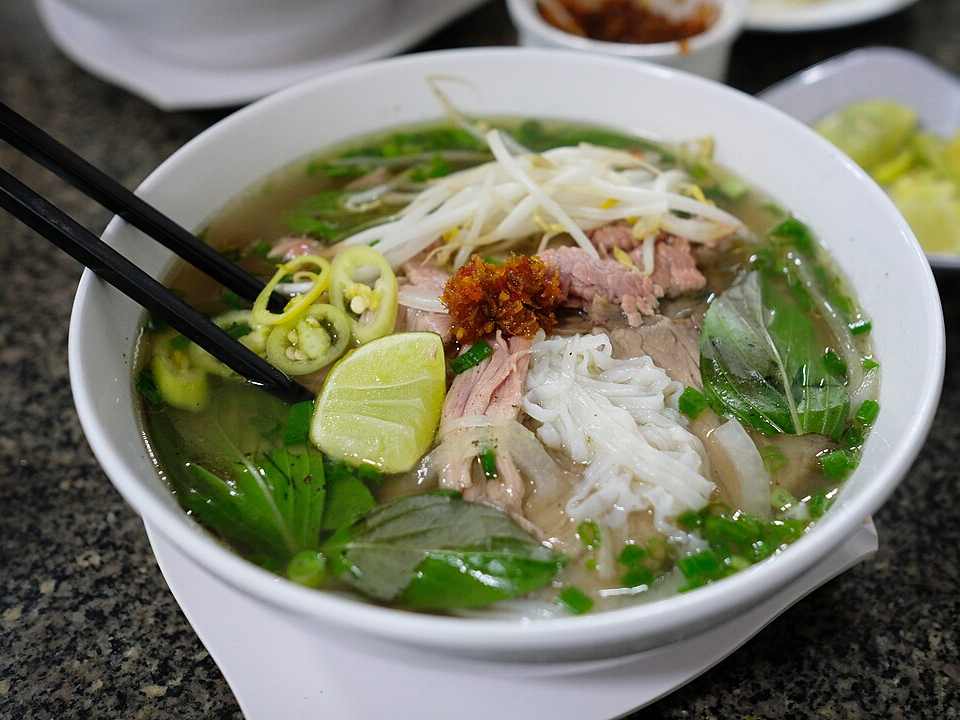
Pho is a fragrant Vietnamese noodle soup made with beef or chicken, fresh herbs, and rice noodles. The dish is often enjoyed for breakfast or lunch and is known for its aromatic broth, which is slow-cooked with spices like star anise, cinnamon, and cloves. Pho represents the harmony of flavors central to Vietnamese cooking.
Pho is more than just a dish; it is a cultural experience in Vietnam. The soup is often served in bustling street food stalls, making it a part of the daily rhythm of life. Pho’s widespread popularity, both in Vietnam and internationally, highlights the global appeal of Vietnamese cuisine.
Massaman Curry – Thailand

Massaman curry is a rich, flavorful Thai curry made with tender meats, potatoes, peanuts, and a variety of spices. The dish is influenced by Indian, Persian, and Malay cooking, showcasing Thailand’s ability to blend flavors from different cultures. It is typically served with jasmine rice, making it a satisfying and balanced meal.
Massaman curry represents the diverse influences on Thai cuisine, highlighting how the country has absorbed flavors and techniques from neighboring regions. The dish’s mild heat and creamy consistency make it a comfort food that is beloved in Thailand. Massaman curry also reflects the country’s agricultural abundance, featuring ingredients like coconut milk and peanuts.
Haggis – Scotland
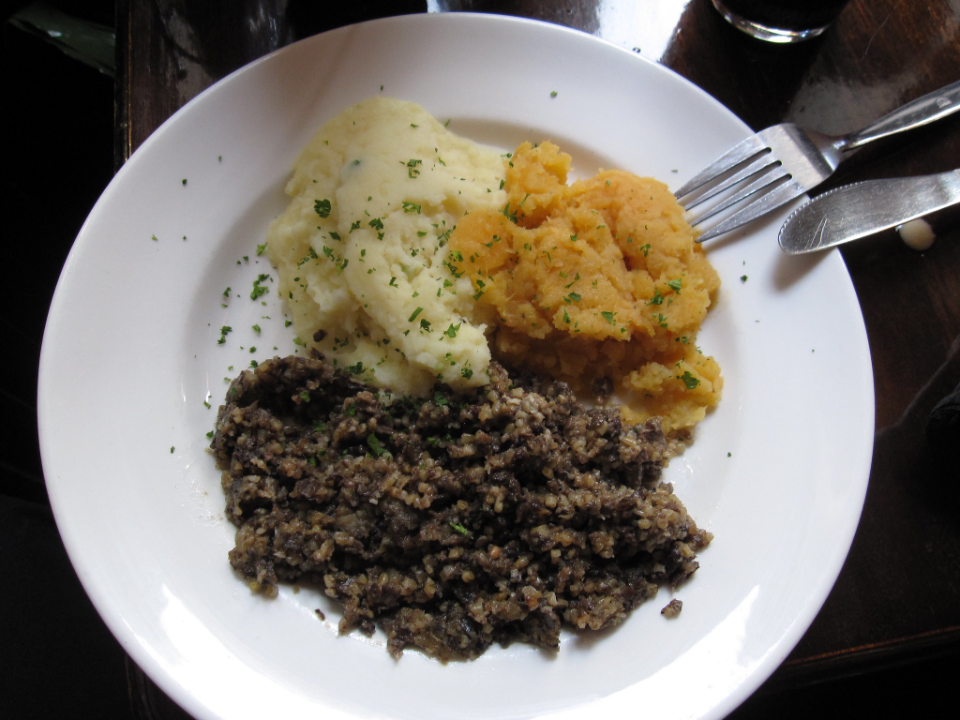
Haggis is a traditional Scottish dish made from sheep’s offal, oats, and spices, traditionally cooked inside a sheep’s stomach. It is a hearty, flavorful dish that has been enjoyed for centuries, especially during celebrations like Burns Night. Though it may seem unusual to some, haggis is an essential part of Scottish identity.
Haggis is tied to Scotland’s history, reflecting the nation’s resourcefulness and respect for all parts of the animal. It is often served with mashed potatoes and turnips, creating a rich and filling meal. Haggis embodies Scottish hospitality, often shared during gatherings to celebrate Scottish heritage and culture.
Croissant – France

The croissant, a buttery, flaky pastry, is a beloved French breakfast staple. Made from layers of dough and butter, croissants are known for their delicate texture and rich flavor. Though the pastry has its origins in Austria, it became synonymous with French culinary culture after being popularized in Paris.
The croissant represents France’s commitment to high-quality baking and pastry-making techniques. It is often enjoyed with coffee in the morning, making it an essential part of the French café culture. The dish’s widespread popularity around the world highlights its cultural significance, symbolizing the elegance and refinement of French cuisine.
Satay – Indonesia

Satay is a popular Indonesian dish made from skewered, grilled meat, often served with a savory peanut sauce. The dish is a favorite street food in Indonesia, where it is commonly sold by vendors in bustling markets. Satay’s rich, smoky flavor and tender meat make it a satisfying snack or meal.
Satay reflects Indonesia’s love for grilled meats and bold flavors. The dish has spread beyond Indonesia to other parts of Southeast Asia, each region offering its own version. Whether served with chicken, beef, or lamb, satay is often enjoyed with rice cakes or steamed rice, making it a versatile and beloved dish in Indonesian cuisine
Tom Yum – Thailand

Tom Yum is a hot and sour Thai soup made with shrimp, herbs, and spices. The dish is known for its balance of bold flavors, with a broth that combines lemongrass, kaffir lime leaves, chili, and fish sauce. Tom Yum is a comforting yet vibrant soup, offering a refreshing experience for the palate.
Tom Yum represents the essence of Thai cooking, with its focus on fresh, aromatic ingredients. The soup is often served with steamed rice and makes for a popular appetizer or main dish. It is commonly enjoyed in Thailand’s vibrant street food scene, reflecting the country’s love for bold, aromatic dishes.
Wiener Schnitzel – Austria
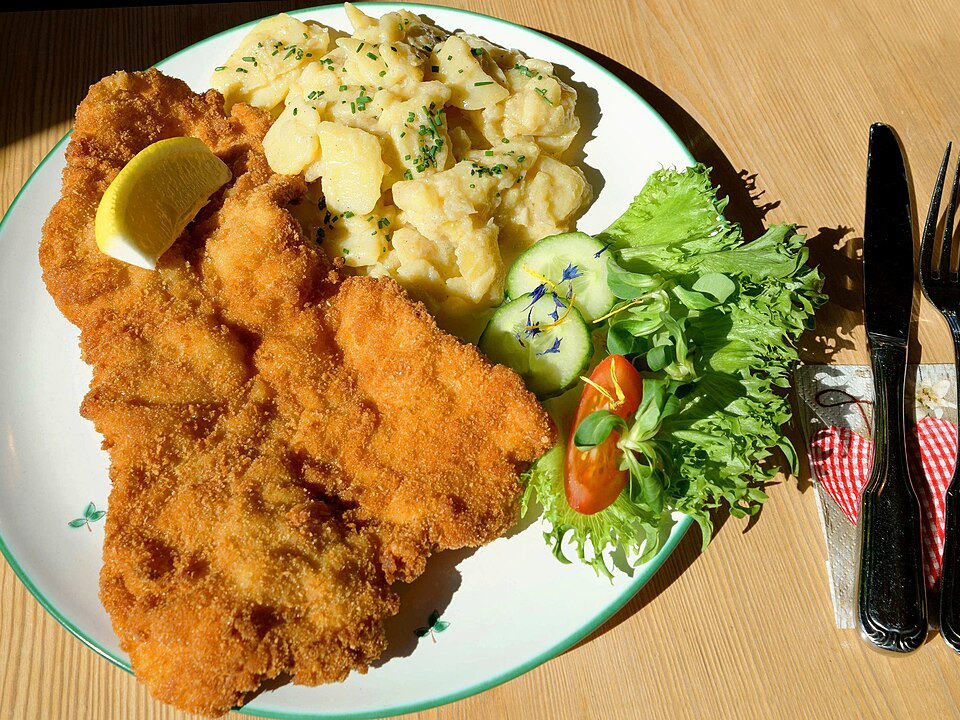
Wiener Schnitzel is a traditional Austrian dish consisting of breaded and fried veal or pork. The dish is a staple in Austrian cuisine, often served with a side of potato salad or lingonberry jam. Wiener Schnitzel is a comfort food that represents the hearty, rustic flavors of Austria.
The dish has roots in Vienna and is often associated with Austrian national pride. Its crispy, golden exterior and tender meat make it a beloved meal, perfect for any occasion. Wiener Schnitzel embodies Austria’s culinary history and the country’s emphasis on simple, satisfying food.
Caviar – Russia
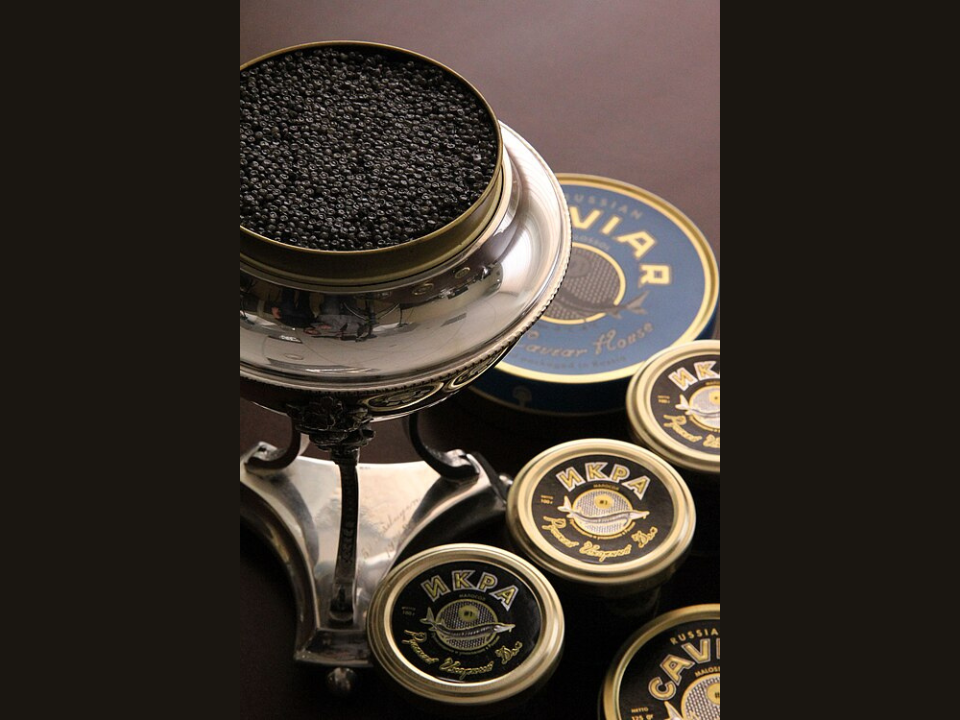
Caviar, the salted eggs of sturgeon, is a luxurious and iconic dish in Russian cuisine. It is often served as an appetizer, either on toast or as part of a more elaborate spread. Caviar represents Russia’s aristocratic culinary traditions, once considered a food for royalty and the elite.
Caviar is tied to Russia’s rich cultural history, especially during the Tsarist era. The preparation and consumption of caviar have become part of Russian hospitality, often served at lavish gatherings and celebrations. It is a symbol of Russian luxury, revered for its delicate, briny flavor and high status.
Souvlaki – Greece
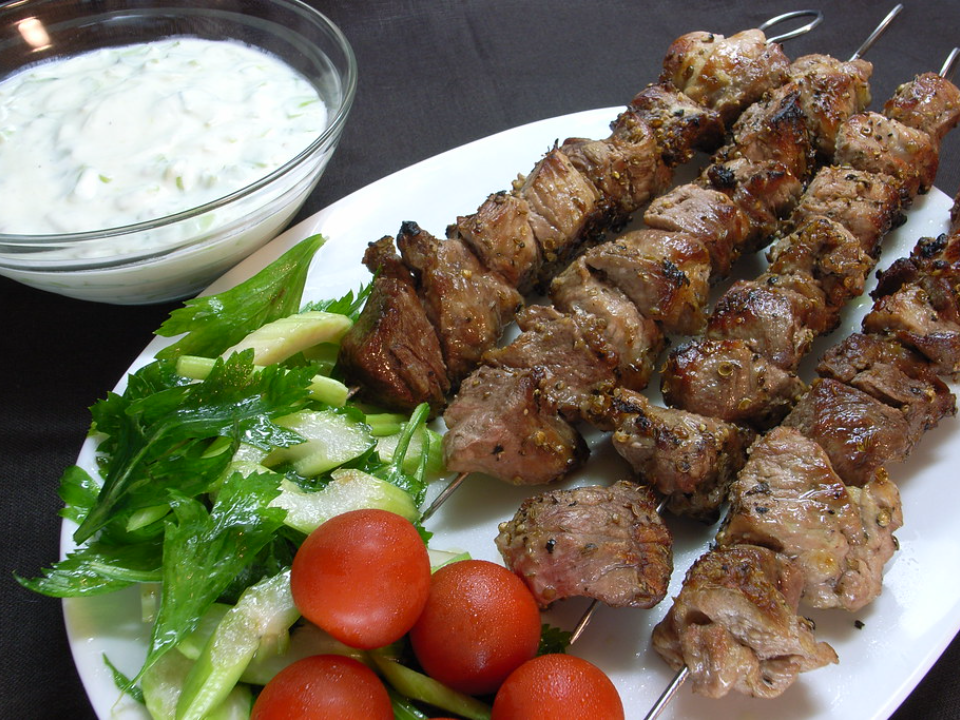
Souvlaki is a popular Greek fast food made from skewered and grilled meat, often served with pita bread and a variety of sides. It is typically accompanied by vegetables, sauces, and fresh herbs, making it a delicious and portable meal. Souvlaki reflects Greece’s rich history of grilled meats and street food culture.
This dish is commonly served in casual settings, from street vendors to restaurants, where it embodies Greek hospitality and simplicity. The variety of meats, including pork, chicken, and lamb, allows for different flavor combinations, reflecting regional preferences across Greece.
This article originally appeared on Avocadu.
